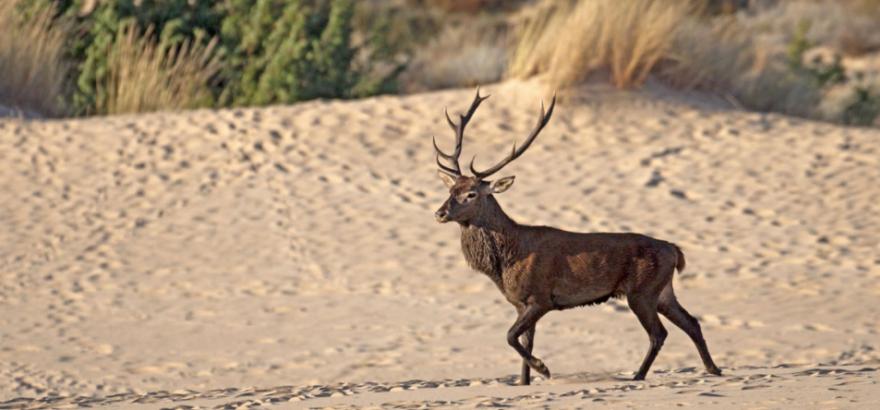FINAL REPORT, covering project activities from sept. 2012 to march 2019
29 Septembre 2020
The final report for the project activities, financial data and management hints, covering from 09/09/2012 to 09/03/2019.
Summary of contents
The deer that lives in Sardinia and Corsica (Cervus elaphus corsicanus) is the endemic Sardinian-Corsican sub-species of the European deer.
In the 1960s as a consequence of the fragmentation of the habitat and indiscriminate hunting it risked extinction.
Nowadays the Corsican Sardinian deer is included in Appendix II of the Berne Convention and listed in Annexes II and IV of the Habitat Directive as a priority species.
The general purpose of the ONE DEER TWO ISLANDS project was to improve the long-term conservation status of the Sardinian-Corsican deer and to implement actions aimed at improving the coexistence between human activities and the conservation of the subspecies.
Furthermore, the project aimed to enhance the areas in which the deer is present by increasing the knowledge of the Natura 2000 Network by the citizens. More specifically, the project included the following objectives:
- Improve the conservation status of Cervus elaphus corsicanus;
- Increase the distribution area of the subspecies;
- Improve genetic variability;
- Improve the management of the species and the problems inherent in its protection;
- Promote cooperation between local institutions for deer management;
- Develop an integrated management plan;
- Exchange good practices for sustainable deer management and for managing conflicts with human activities;
- Raise awareness among the various stakeholders involved in wildlife management dealing with ecological and economic value of the Sardinian-Corsican deer;
- Preserve the deer as a function of the new projects of reintroduction of necrophagous birds to feed the trophic chain.
Key deliverables
The three main activities of the project, namely the moving of the deer to Corsica and the new areas of Sardinia, the monitoring of their health status after the transfer and their behavior in the new territories, have been fully achieved.
See attached PDF document for more details.























